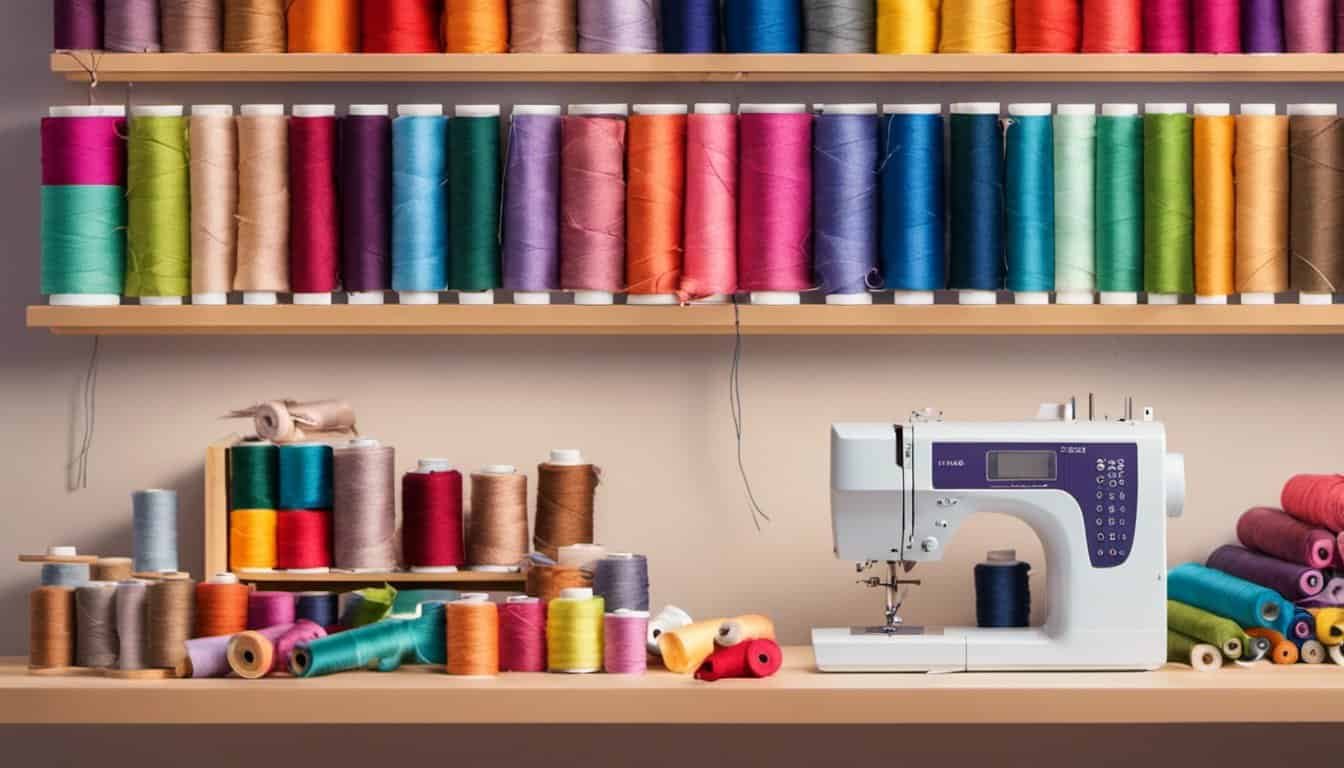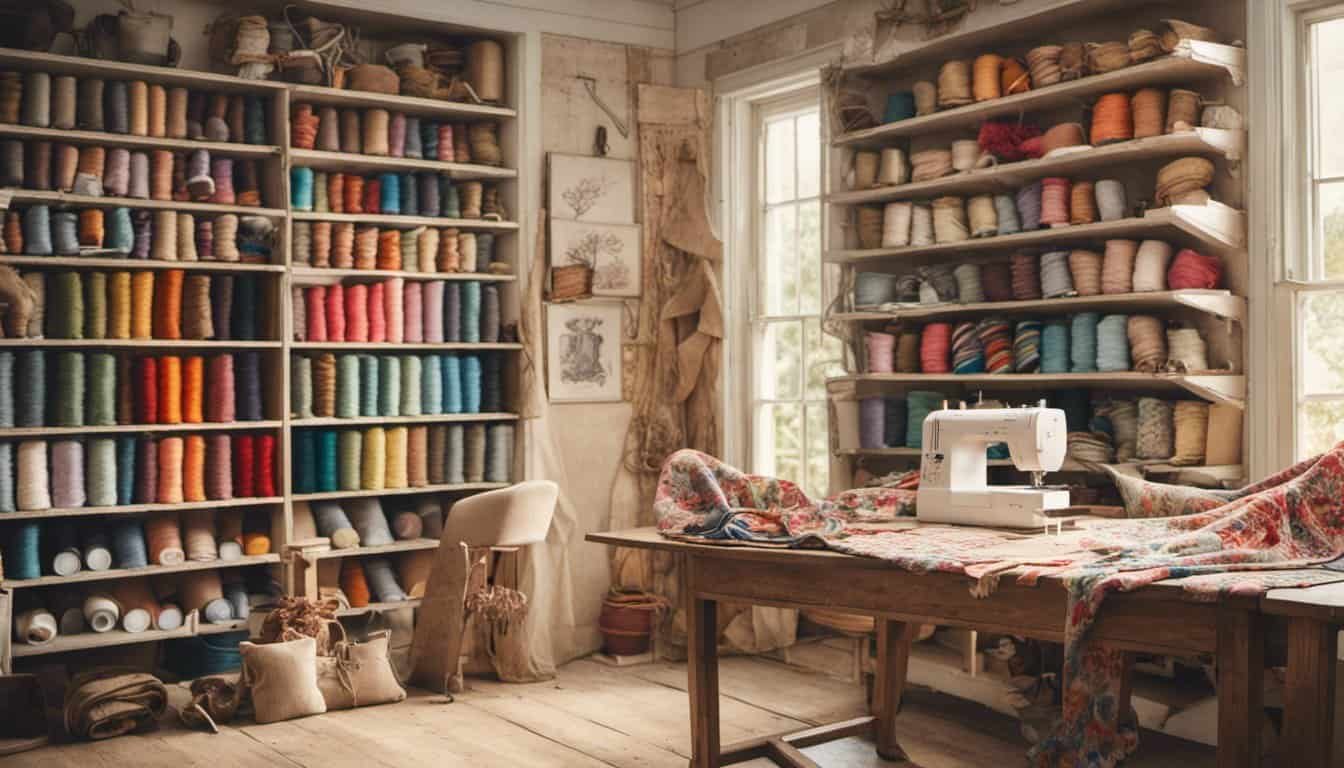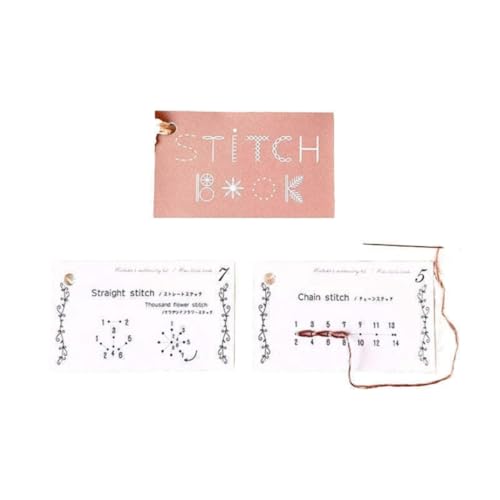There’s something so satisfying about creating a garment with your own two hands, and a wrap dress is the perfect project to tackle. It’s stylish, versatile, and surprisingly beginner-friendly. Whether you’re looking to expand your sewing skills or make a custom piece for your wardrobe, a wrap dress is a fantastic choice.
Why Choose A Wrap Dress?
A wrap dress combines elegance, versatility, and comfort, making it a popular wardrobe staple. Its adjustable fit suits various body shapes, ensuring both style and practicality. The adaptable design works well for casual outings, office wear, or special occasions.
This pattern’s simplicity makes it beginner-friendly for sewing enthusiasts. It eliminates complex fastenings like zippers or buttons, replacing them with ties or belts. This allows for a custom fit and reduces the risk of mistakes during construction.
Wrap dresses offer creative potential for personalization. Unique fabric choices, sleeve styles, and skirt lengths let you design a dress reflecting your individual taste. For instance, using bold prints adds flair, while neutral tones keep it classic.
Materials And Tools You Will Need
Preparing the correct materials and tools is essential for sewing a wrap dress. Each item plays a role in ensuring accurate construction and a polished final look.
Materials
- Fabric: Select a lightweight, drapable fabric like cotton, jersey, or rayon. For a flowy effect, opt for rayon challis; for ease of sewing, use cotton knits.
- Matching Thread: Use polyester or cotton thread in a color that blends with your fabric.
- Bias Tape: Purchase pre-made tape or create your own for clean edge finishes.
- Interfacing: Medium-weight fusible interfacing works well to reinforce areas like the neckline or waistband.
Tools
- Sewing Machine: A basic sewing machine with straight and zigzag stitch options is sufficient for this project.
- Fabric Scissors: Invest in sharp fabric scissors for clean, precise cuts.
- Pins or Clips: Use straight pins or fabric clips to hold pieces together securely before sewing.
- Measuring Tape: Ensure accurate measurements for a perfect fit.
- Seam Ripper: Correct mistakes easily with this tool.
- Iron and Ironing Board: Press seams and hems for a professional finish.
- Pattern Paper and Marking Tools: Trace and mark custom patterns using chalk or washable fabric markers.
Having all materials and tools organized simplifies the process and leads to better results.
Preparing Your Fabric And Pattern
Before starting the sewing process, I make sure the fabric and pattern are prepped for smooth construction. Proper preparation ensures precise cuts and assembly for a flawless wrap dress.
Choosing The Right Fabric
Selecting a suitable fabric is crucial for a wrap dress. Lightweight, drapable fabrics like rayon, cotton, or jersey work best. For example, rayon provides a flowing look, while cotton adds structure, and jersey offers stretch. I pre-wash and dry the fabric to prevent shrinking after sewing. Ironing the material after washing removes creases and helps with accurate cutting. Fabrics with directional prints or patterns are positioned correctly to avoid mismatched designs.
Cutting The Pattern Pieces
I start by laying the fabric flat on a clean, smooth surface. If the fabric has a wrong side, I place it facing up, then pin the pattern pieces securely to avoid shifting. Using sharp fabric scissors or a rotary cutter, I carefully cut along the lines of the pattern. Precise cutting is critical for even edges and proper alignment during sewing. For pieces requiring symmetry, like bodices or skirts, I often fold the fabric to cut identical sections in one go. After cutting, I check all pieces against the pattern instructions to confirm everything is accounted for.
Step-By-Step Guide To Sewing A Wrap Dress
Constructing a wrap dress involves assembling the bodice, attaching the skirt, adding the wrap tie, and finishing with a clean hem. Follow these steps to create a stylish and functional wrap dress.
Sewing The Bodice
Start by joining the bodice pieces. Align the shoulder seams of the front and back bodice, right sides together, and stitch using a straight stitch. Press the seams open for a smooth finish. Attach the side seams in the same manner.
If the pattern includes darts, mark, fold, and sew them before assembling the bodice. For neckline edges, attach bias tape or facing to create a polished and reinforced finish. Press the neckline to smooth out any puckering.
Attaching The Skirt
Align the skirt panels. Match the side seams of the skirt pieces, pin them together, and sew using the recommended seam allowance. Press the seams open.
Join the skirt to the bodice with right sides facing. Match the side seams and center points, then pin evenly around the waist opening. Secure the pieces with a straight stitch, backstitching at both ends. For added durability, finish the seam edges with a serger or zigzag stitch.

Adding The Wrap Tie
Cut the wrap tie pieces to the desired length if not pre-cut. Fold each piece lengthwise, right sides together, and sew along the raw edge, leaving one short end open for turning. Trim the seam allowance, turn the tie right side out, and press flat.
Attach one tie to the side of the bodice where the wrap overlaps. Secure the other tie to the opposite side inside the dress, anchoring it firmly. Reinforce these points with an extra line of stitching for strength.
Hemming And Finishing Touches
Create a clean hem by folding the skirt’s bottom edge up 0.5 inches, pressing it, and folding again for a double-fold hem. Sew close to the folded edge for a neat finish. Repeat this process for the sleeve openings if not already hemmed.
Inspect the entire garment for loose threads or uneven stitching. Press the dress thoroughly to enhance its appearance. Adding a label or decorative stitching at seams can give your creation a professional touch.
Common Mistakes To Avoid
Avoiding errors during sewing saves time and ensures a polished finish. Here are frequent mistakes I’ve noticed and tips to prevent them:
1. Choosing Unsuitable Fabric
« Transform Your Table: Easy DIY Guide to Sewing a Fabric Placemat with Pockets
How to Sew an A-Line Dress for Beginners: Easy Steps to Create Your First Stunning Outfit »
Using thick or stiff fabrics can make wrap dresses less comfortable. Lightweight, drapey fabrics like rayon or jersey work best for this style. Always consider the fabric’s weight and stretch before cutting.
2. Ignoring Pre-Washing
Skipping fabric pre-washing risks shrinkage or distortion after sewing. To ensure the wrap dress fits properly, wash and press all fabrics before beginning.
3. Incorrect Pattern Placement
Misaligned patterns lead to uneven hems or mismatched panels. Always check the fabric grainline and align patterns carefully before cutting. Double-check placement, especially with prints or directional designs.
4. Using Dull Tools
Dull scissors or needles can damage fabric and lead to frayed edges. Keep tools sharp and replace sewing machine needles regularly, especially when working with delicate or stretch fabrics.
5. Skipping Fit Adjustments
Assuming the pattern fits all body shapes can result in poor alignment. Make a mock-up or trial run with scrap fabric to adjust the bodice, skirt, and waist ties as needed.

6. Ignoring Precision in Seams
Uneven seam allowances affect the garment’s structure. Measure and mark allowances with care, and use pins or clips to maintain alignment while sewing.
7. Rushing Hem Finishes
Neglecting neat hems diminishes the dress’s appearance. Take time to iron hems before stitching, and consider a double-fold hem for a clean, professional look.
8. Overlooking Stretch Stitches
Failing to use stretch stitches with knit fabrics causes thread breakage. Select a zigzag or stretch stitch on your sewing machine to maintain durability and flexibility.
9. Forgetting Tie Reinforcement
Weak wrap ties may tear under stress. Reinforce tie edges with interfacing or double stitch for strength, especially on lightweight fabrics.
10. Neglecting Final Inspection
Small issues like loose threads or uneven topstitching affect the aesthetic. Thoroughly inspect the wrap dress and make finishing touches for a polished result.

Tips For Customizing Your Wrap Dress
Customizing a wrap dress creates a unique garment that matches your preferences. Options range from fabric choice to decorative details.
- Fabric Patterns and Colors
Selecting prints, solid colors, or unique patterns influences the final look. Vibrant florals, classic stripes, or neutral tones each convey a different aesthetic. For a bolder statement, mix contrasting patterns for bodice and skirt sections.
- Sleeve Styles
Incorporating different sleeve designs personalizes your dress. Options like short, flutter, or bishop sleeves depend on the occasion or season. Sleeveless designs work well for layering in colder months.
- Skirt Length and Shape
Modifying the skirt’s length or flow alters the dress’s vibe. Short skirts feel casual and playful, while maxi lengths add elegance. Adjusting the skirt shape to A-line or gathered changes its silhouette.
- Lining and Layering
Adding a lining upgrades durability and comfort. Use lightweight cotton or satin for a neat interior finish. Double-layered skirts create added volume without compromising the design.

- Decorative Features
Enhance the dress with thoughtful embellishments. Topstitch details, lace trims on edges, or embroidery on the skirt or bodice give a distinctive flair. These features elevate a simple wrap design.
- Tie Variations
Experimenting with tie widths and lengths changes how the dress wraps. Using a wide belt or adding unique elements like D-rings offers a creative twist on traditional ties.
- Neckline Adjustments
Playing with neckline styles, like V-necks, boat necks, or adding modesty panels, ensures the dress complements your style. Different necklines add sophistication or keep the design casual.
- Pocket Integration
Including practical side-seam or patch pockets increases functionality without compromising the aesthetic. Use contrasting fabric for a subtle yet stylish touch.
- Hemline Enhancements
Decorative hems, like scalloped or asymmetrical cuts, make the dress more special. Hemline-bound edges with contrasting fabric add a polished, intentional touch.

Experimenting with these elements ensures every wrap dress reflects individual creativity, purpose, and style.
Conclusion
Sewing a wrap dress is such a rewarding project, blending creativity with practicality. It’s not just about making a garment—it’s about crafting something unique that truly reflects your personality and style. With the right materials, tools, and a bit of patience, you can create a piece that’s both elegant and versatile.
Don’t be afraid to experiment with fabrics, details, and custom touches to make your dress one of a kind. Every stitch is a step toward building your skills and confidence as a sewist. So grab your supplies, trust the process, and enjoy the journey of making your own beautiful wrap dress!

















